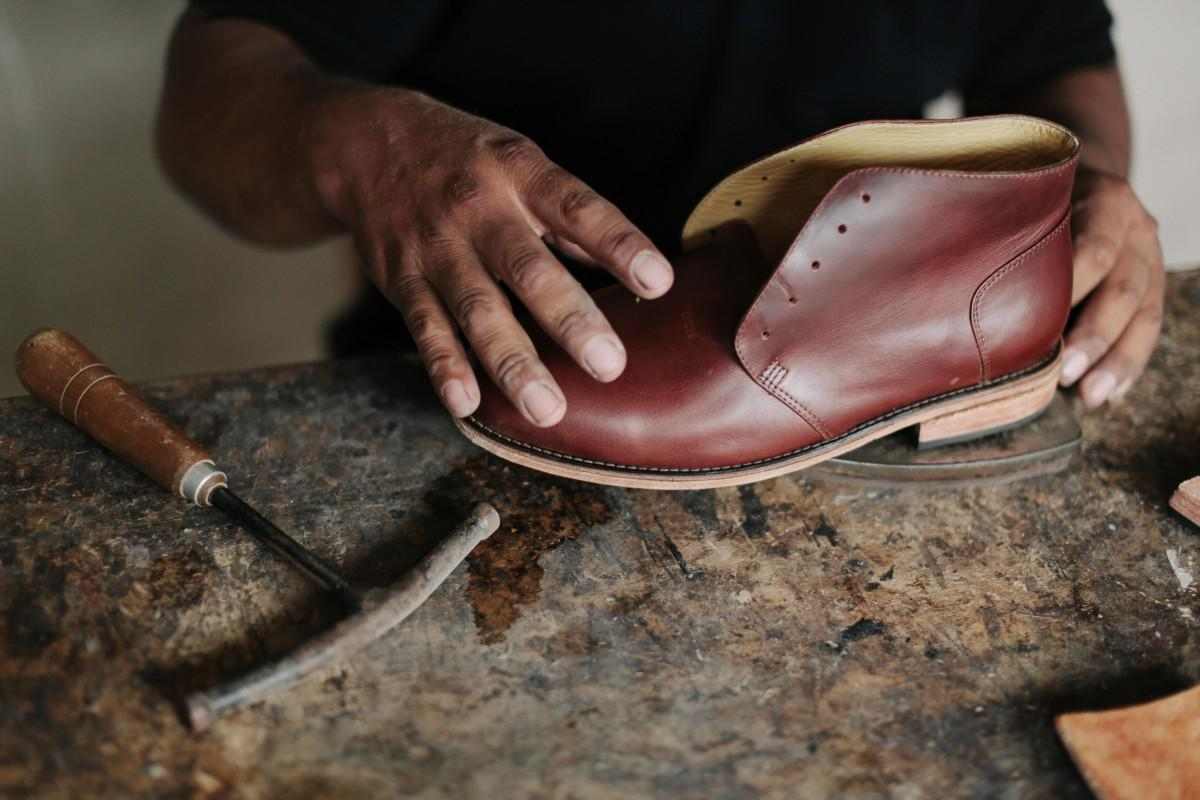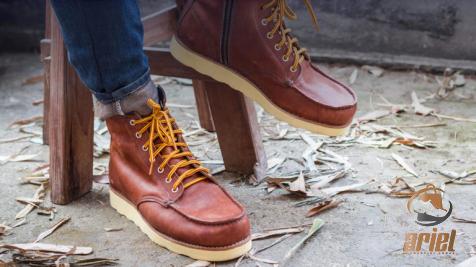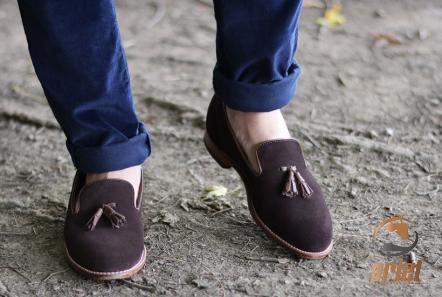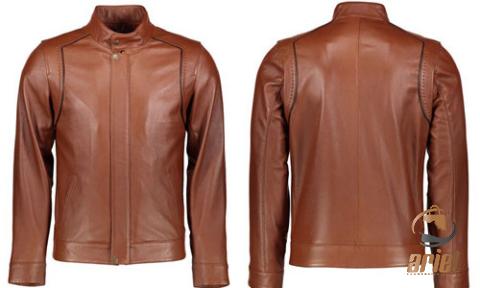The countries below are ranked by statistics and known as the top producing industries of leather products in the world, and interestingly China is leading the market.
Leather has been one of the materials that humans have used for literally thousands of years, all the way back to the Stone Age. On average, a person has at least one item made of hide in their possession, such as a wallet, a belt, or a purse.
This item might be anything made of hide. One of the items that is only a by-product but is valued the most is the leather.
People raise cattle for the meat and dairy products they produce, but the hide that is obtained from an animal account for between 5 and 10 percent of the overall value of the cattle itself.

The leather is amazing in many respects: it is attractive, it has an elegant scent, it is quite durable, and perhaps most importantly, it can be recycled.
We owe a significant amount of debt to the skin because, if we had not known about leather, we would have produced synthetic equivalents, that wouldn’t have been recyclable.
Since leather is an essential component in so many various goods, it is hard to imagine how humans would manage without hide.
The covering is used in several businesses, including those that produce footwear, bags, belts, oil seals for airplanes, and many more.
The production of leather has not seen significant development since the beginning of time. The procedure may be broken down into three primary stages. The examples are given below here.
Skin of an Animal:
The subsequent procedures, which include curing and soaking the leather, are for the purpose of preserving the skin. Salting, freezing, and chemically keeping the skins are all part of the process.
After that follows the process of liming and fleshing, which involves eliminating undesirable hair from the skin by bathing it in an alkali. After that, the skin is subjected to de-liming, bating, and pickling, all of which lead it to become more planar.
Tanninization of the Leather:
The leather is browned using either a mineral, oil, or vegetable oil depending on its kind. The tanning process takes place in enormous drums that have an acidic atmosphere inside of them.

In order to get the required thickness of the hide, splitting and shaving are both necessary processes.
After that, neutralization and coloring take place, both of which help eliminate residues. Coloring may be completed at this point if desired. The fat liquoring and drying steps are the very final steps in the process. Following this stage, the hide will become pliable and soft.
Staking and dry pounding the hide is another method that may be used to soften the hide during the finishing process. The leather goes through a rigorous tumble process.
Following that, the skin is rubbed and polished in order to make it softer while also correcting the thickness. The next phase in the process is called finishing, and it involves removing any excess thickness as well as dusting, as well as making the leather glossy.
But where does all of this leather come from? The skin of animals is used to manufacture a wide variety of wonderful things, but where does the skin originate from?
We have compiled a list of the top eight nations in the world that are responsible for the production of the greatest quantities of hide.
This ranking was determined using the reports that were released by the World Statistical Compendium for raw hides and skins, hide, and footwear made from hide between the years 1993 and 2012.
Let’s have a look at the nations that are responsible for the highest leather production in the globe.
China: China is the dominant power in the globe; everything is manufactured in China; China has even cloned big cities like Paris in its own country. It is not surprising that China is the leading producer of hides in the world.
The hefty skin that China produces is utilized for belts, straps, and soles, while the light leather that China makes is used for shoes, purses, and jackets.

China is responsible for more than around 4 million square feet of hide manufacturing each year. This figure is so enormous that the nation that comes in at number two doesn’t even generate half of what this one produces.
The vast majority of this is made up of light bovine skin, which amounts to around 2,364.7 million square feet every year. Additionally, sheep and goats together generate a total of 1,347.3 million square feet annually of light leather.
China is the world’s leading producer of bovine skin, producing more of this kind of hide than any other nation in the world. The annual production of bovine skin in China is around 201,2 million square feet.
Brazil: Following in the footsteps of Italy as the world’s greatest producer of the skin is Brazil. Leather in the amount of 1,832.7 million square feet is produced by Brazil’s hide industry.
The Brazilian hide business primarily focuses on the production of light skin from bovine animals.
The approximately 1,721.5 million square feet of leather that is generated from bovine animals makes bovine leather the single most important contribution to the Brazilian skin industry.
The skin business is roughly 67.1 million square feet in size, and sheep and goats account for around 4 percent of that total.
Heavy leather accounts about 2% of the entire hide’s surface area. Brazil is now the second greatest producer of hides in the world thanks to these very little volumes.
Italy: The country that dominates leather production in Europe without a doubt, Italy, comes in at number three on the list of the top leather manufacturers in the world.

More than one and a half billion square feet worth of hide is produced yearly in Italy. The production of light skin from bovine animals is the factor that contributes the most to this total.
The yearly production of hide from bovine animals is about 1,119,3 million square feet. Approximately 401.5 million square feet of the entire skin comes from sheep and goats, which accounts for the 25 percent of the total skin that comes from these animals.
Heavy skin accounts for three percent of the overall skin, which is equivalent to around 52.8 million square feet.










Your comment submitted.